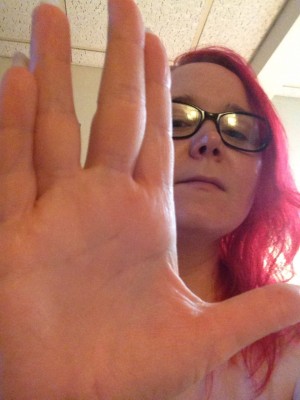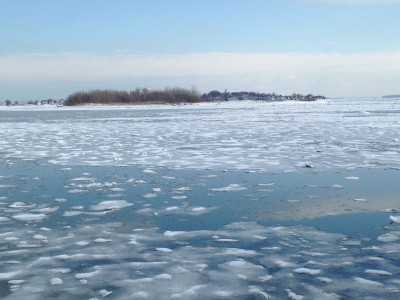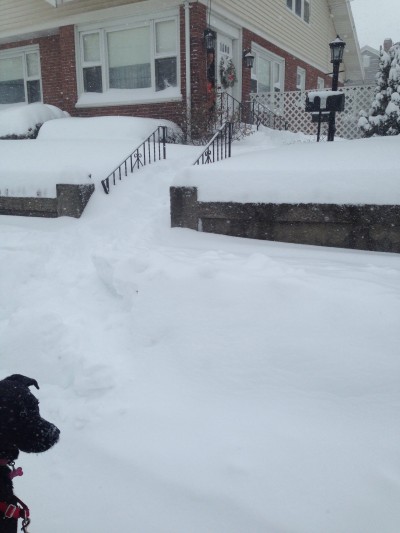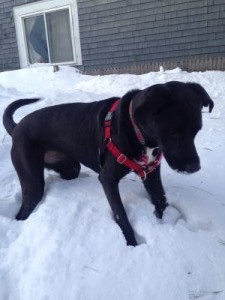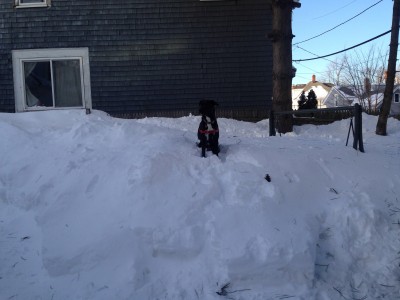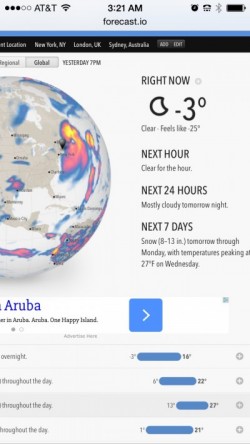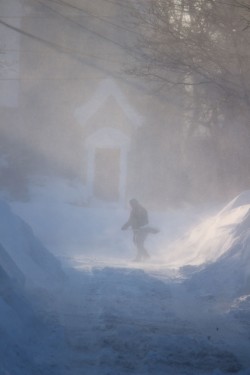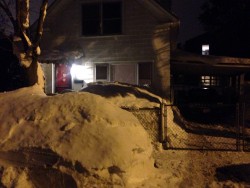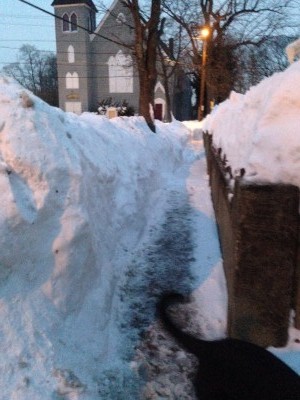Bone involvement in SM (ISM, SSM, SM-AHNMD, ASM): Clarifications (part 1)
One of the more nuanced aspects of mastocytosis is how it affects bone structure. Previously, it was thought that only patients with systemic mastocytosis experienced bone pain, and that bone pain was always a function of increased proliferation in the marrow. This no longer appears to be the case. Some patients with non-proliferative mast cell disease have been found to experience bone pain, likely as a result of mediator activity on the outside of the bone. In particular, histamine can be very irritating to the cells on the outside of the bone.
Generally speaking, bone cells work like this:
Osteoblasts make new bone. Osteoclasts eat away (resorb) at bone so that new bone can be put in that place. When these processes aren’t balanced, you develop bone conditions.
In osteosclerosis, your body is making new bone faster than it can resorbed. In osteoporosis, your body is resorbing bone faster than new bone is made. In osteolysis, your body is also resorbing bone faster than new bone is made, but to a much larger extent than usually seen in osteoporosis. Both osteoporosis and osteolysis can cause pathologic fractures, meaning that because your bone is weak from osteoporosis or osteolysis, the bone breaks.
Bone involvement in systemic mastocytosis is important because the type of bone involvement present can be used to stage the disease. Specifically, certain types of bone involvement can cause a person with indolent or smouldering systemic mastocytosis to be reclassified as aggressive systemic mastocytosis (ASM). Osteolysis (in which bone is eaten away) is a marker for ASM. If you have ISM or SSM and are found to have a large osteolytic lesion, you now have ASM.
More confusing is the relationship of osteoporosis to ASM. If you have ISM or SSM AND you have osteoporosis AND you have multiple fractures due to the severity of the osteoporosis (known as pathologic fractures), you are classified as having ASM. There is some debate in the community as to whether or not osteoporosis with successive pathologic fractures is a true indication of ASM. However, it is currently included in the diagnostic guidelines, and so if you meet this criteria while also having ISM or SSM, then you are classified as having ASM.
But I want to be very clear about something: the osteoporosis is NOT the factor that classifies someone as having ASM. It is the MULTIPLE FRACTURES as a result of bone disease that classifies someone as having ASM. So if you have SSM and are diagnosed with osteoporosis and have a single vertebral fracture as a result of osteoporosis, you are NOT classified as having ASM. It is easier I think to consider this “bone involvement” criterion of ASM as osteolysis or multiple fractures due to bone deterioration.
SM is well known as a possible risk factor for osteoporosis. This has been attributed by different groups to either infiltration of bone by mast cells or release of mediators, including histamine, heparin and tryptase. IL-6 levels were also shown to be proportional to disease severity and osteoporosis in mastocytosis patients (Theoharides 2002). Histamine regulates bone resorption by osteoclasts via H1 and H2 receptors (Dobigny 1997). In bone biopsies of osteoporotic patients, the number of osteoclasts is sometimes elevated and sometimes normal.
Up next: literature review of studies on bone involvement in ISM, SSM, SM-AHNMD, and ASM.
References:
Maurizio Rossini, et al. Bone mineral density, bone turnover markers and fractures in patients with indolent systemic mastocytosis. Bone 49 (2011) 880–885.
Theoharides TC, Boucher W, Spear K. Serum interleukin-6 reflects disease severity and osteoporosis in mastocytosis patients. Int Arch Allergy Immunol 2002;128: 344–50.
Dobigny C, Saffar JL. H1 and H2 histamine receptors modulate osteoclastic resorption by different pathways: evidence obtained by using receptor antagonists in a rat synchronized resorption model. J Cell Physiol. 1997 Oct;173(1):10-8.
Barete S, Assous N, de Gennes C, Granpeix C, Feger F, Palmerini F, et al. Systemic mastocytosis and bone involvement in a cohort of 75 patients. Ann Rheum Dis 2010;69:1838–41.
Nicolas Guillaume, et al. Bone Complications of Mastocytosis: A Link between Clinical and Biological Characteristics. The American Journal of Medicine (2013) 126, 75.e1-75.e7
van der Veer, W. van der Goot, J. G. R. de Monchy, H. C. Kluin-Nelemans & J. J. van Doormaal. High prevalence of fractures and osteoporosis in patients with indolent systemic mastocytosis. Allergy 67 (2012) 431–438.
